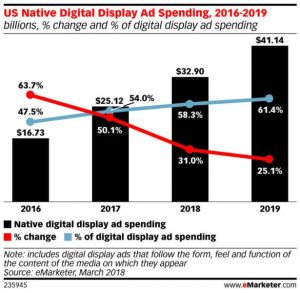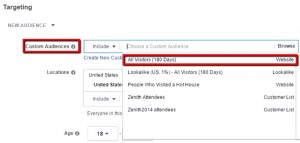— July 8, 2019
In email marketing, many marketers look at an opt-out or unsubscribe as the worst-case outcome from an email being sent. There’s some obvious logic involved in that belief. If an email recipient unsubscribes, you can no longer market to them, meaning you lose the opportunity to ever sell them a product or service, engage them in reading your content, or simply maintain that relationship over time through email messaging. That all seems pretty negative. Probably because of that, many email marketers think little about these opt-outs, other than making sure the unsubscribe request is received, processed, and that the email address is removed from future mailings. Who wants to focus on the negative?
Well, as it turns out there is actually a lot of value in those opt-out requests for email marketers, if they take the time to evaluate them and learn about the possible reasons behind the decision of email recipients to ask to be removed from future mailings. Opt-outs should be analyzed in the same way you pore over your positive performance metrics, like open rate, click rate, click-to-conversion rate, and conversions.
With these positive email performance metrics, marketers look at a particular metric in relation to various aspects of the campaign – audience segments, email content, subject lines, offers, etc. Does a particular subject line drive higher open rates? Do different audience segments deliver a higher conversion rate with a certain offer? Do certain email layouts deliver higher click rates?
The same approach works when evaluating opt-outs.
- Is the opt-out rate higher for certain audience segments?
- Is a particular subject line correlated to higher or lower opt-out rates compared to other subject lines?
- Do certain types of offers lead to varied opt-out activity
- Do you receive more opt-outs from certain geographic regions than others on average?
This is not an exhaustive list, but provides a few useful ways to evaluate your opt-out requests. The next step is to take that information and use it in your overall campaign optimization process. Like positive marketing signals, these opt-out insights shouldn’t be considered in a vacuum. They should be included as a part of evaluating the overall performance of a campaign or the various elements that were being tested in a campaign.
For just about every email campaign, the ultimate goal is to optimize toward the most important positive performance metric, which is typically a conversion of some sort (a completed sale, a submitted lead form, etc.). But a fully developed optimization strategy will involve looking at multiple performance metrics and evaluating how they impact the marketer’s strategic marketing objectives over the long term. It is possible to optimize a campaign to drive conversions over the short-term, that may not be in line with longer term goals. This is where an evaluation of all relevant positive and negative signals comes into play, and a closer look at your opt-out activity can help drive improved performance down the road.
Digital & Social Articles on Business 2 Community
(58)








